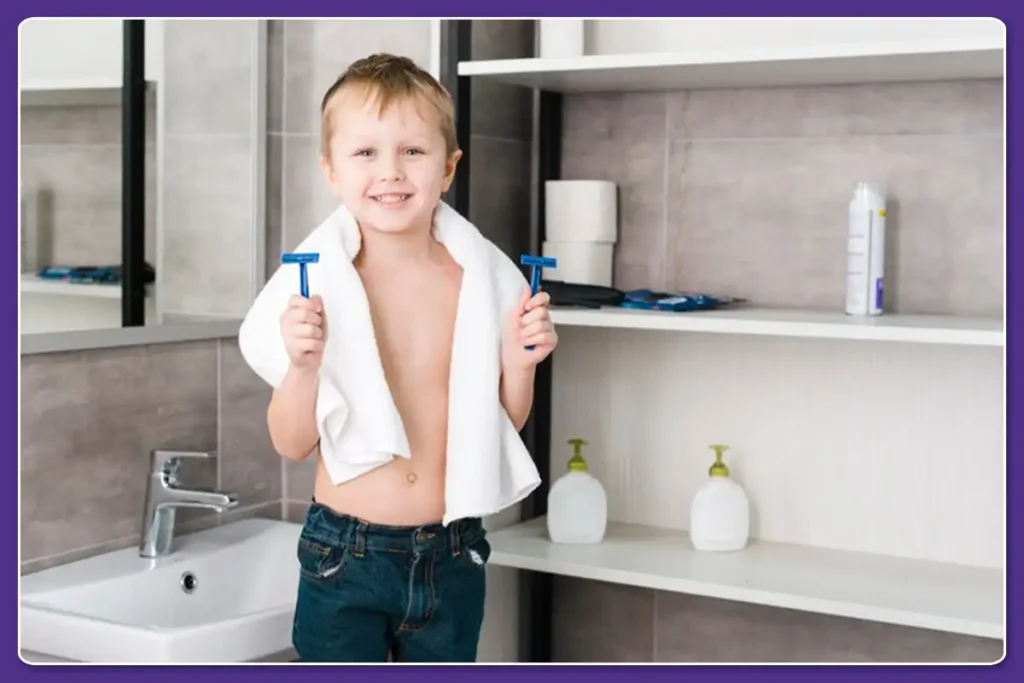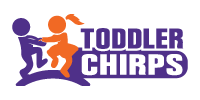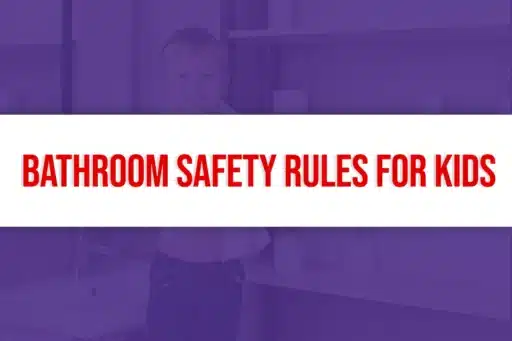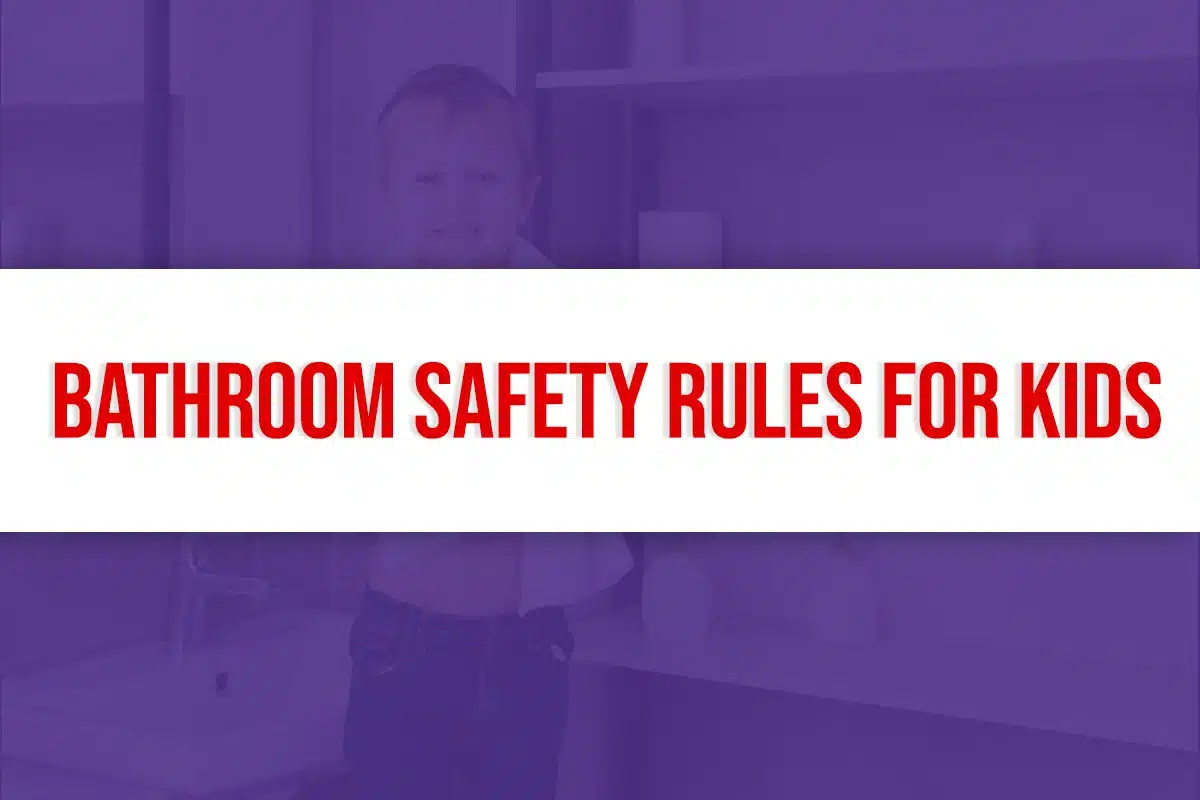Keeping kids safe in the bathroom is crucial. Accidents can happen quickly.
Bathrooms can be hazardous for children due to slippery floors and sharp objects. Understanding the importance of safety rules can prevent injuries and ensure a secure environment. By teaching your kids some basic safety guidelines, you can make the bathroom a safer place for them.
This blog will explore essential bathroom safety rules for kids, helping parents and caregivers create a child-friendly bathroom space. From preventing slips to securing dangerous items, these tips will help you protect your little ones. Keep reading to learn how to make your bathroom a safe haven for your children.

Importance Of Bathroom Safety
The bathroom is one of the most essential rooms in the house. Yet, it can be dangerous for kids without proper safety measures. Ensuring bathroom safety is crucial to prevent injuries and accidents. Parents and caregivers must be aware of potential hazards and take steps to create a safe environment.
Preventing Accidents
Preventing accidents is the first step in promoting bathroom safety for kids. The bathroom poses various risks, including slips, falls, and burns. Here are some important tips to keep your children safe:
- Use non-slip mats in the bathtub and on the floor.
- Install safety rails and grab bars.
- Keep electrical appliances out of reach.
- Ensure that the water temperature is safe.
Creating A Safe Environment
Creating a safe environment involves setting up the bathroom in a way that minimizes risks. Kids are naturally curious and may not recognize potential dangers. Consider these safety measures:
- Lock away all cleaning supplies and medications.
- Keep sharp objects like razors and scissors out of reach.
- Use child-proof locks on toilets and cabinets.
By taking these steps, you can create a secure space for your child.
Supervision Guidelines
Ensuring bathroom safety for kids is crucial for preventing accidents. Supervision is key to keeping your little ones safe in this potentially hazardous area. Let’s delve into some effective supervision guidelines.
Age-appropriate Supervision
Understanding the level of supervision required based on your child’s age is important. Here’s a quick guide:
| Age Group | Supervision Level |
|---|---|
| 0-2 years | Constant supervision. Never leave them alone. |
| 3-4 years | Supervised from a close distance. Stay within arm’s reach. |
| 5-6 years | Supervised with frequent check-ins. Be nearby and attentive. |
| 7+ years | Occasional supervision. Ensure they understand safety rules. |
Tips For Busy Parents
Managing multiple tasks while supervising kids can be challenging. Here are some practical tips:
- Set a routine: Establish a consistent bathroom schedule for your kids.
- Use baby monitors: Keep an audio or video monitor in the bathroom.
- Prepare the bathroom: Remove hazardous items before bath time.
- Stay organized: Keep all necessary items within easy reach.
- Delegate: If possible, involve another adult to help supervise.
By following these guidelines, you can ensure a safer bathroom environment for your children. Remember, your vigilance is their safety.
Slip And Fall Prevention
Accidents in the bathroom can happen quickly, especially for children. One of the most common dangers is slipping and falling. Taking steps to prevent these accidents is essential for keeping kids safe. Here are some practical tips.
Non-slip Mats
Non-slip mats are a simple and effective solution. Place them in the shower or tub to provide a stable surface. These mats help reduce the risk of slipping on wet surfaces. Choose mats with strong suction cups to keep them in place.
Proper Footwear
Proper footwear can make a big difference. Encourage children to wear water-resistant slippers or sandals with good grip. These shoes help provide traction on wet floors. Avoid using socks or bare feet, as they can be slippery.
Water Temperature Control
Water temperature control is crucial for bathroom safety. Children have sensitive skin and can easily get burned by hot water. Controlling the water temperature can prevent scalding and ensure a safe bathing experience for kids.
Ideal Water Temperature
The ideal water temperature for kids’ baths is between 98°F and 100°F. This range is safe for their delicate skin. To ensure this, use a thermometer to check the water before letting your child in.
Too hot water can cause burns within seconds. It’s important to keep the water temperature consistent. Avoid sudden changes which can startle or harm your child.
Installing Thermostats
Installing thermostats in your bathroom is a smart move. These devices help maintain a safe water temperature. Thermostatic mixing valves are especially useful. They blend hot and cold water to a safe temperature automatically.
Here are some benefits of thermostatic mixing valves:
- Prevent sudden temperature changes
- Maintain consistent water temperature
- Reduce the risk of accidental burns
Consider a thermostatic shower valve. It allows you to set a maximum temperature limit. This ensures the water never gets too hot.
Here is a quick comparison of thermostatic and traditional valves:
| Feature | Thermostatic Valve | Traditional Valve |
|---|---|---|
| Temperature Control | Automatic | Manual |
| Safety | High | Low |
| Consistency | Stable | Variable |
Keeping water temperature in check is a key part of bathroom safety. Use these tips to protect your kids from burns and ensure a safe bath time.
Safe Bathing Practices
Bath time can be fun for kids. But it also needs to be safe. Parents must follow some important rules to ensure their child’s safety. This section covers key practices for safe bathing.
Using Gentle Soaps
Always choose soaps that are gentle on your child’s skin. Harsh soaps can cause irritation. Look for baby-specific or hypoallergenic soaps. These products are less likely to cause skin problems. Avoid soaps with strong fragrances. They can irritate sensitive skin.
Avoiding Deep Water
Never fill the tub with too much water. Two to four inches is enough for a young child. This reduces the risk of drowning. Always stay within arm’s reach of your child. Do not leave them alone in the bath, even for a moment. Use a slip-resistant mat to prevent falls. Always ensure the water temperature is safe. Test it with your wrist or elbow before your child gets in.
Electrical Safety
Ensuring electrical safety in the bathroom is crucial for protecting kids. Water and electricity do not mix well. This can lead to serious accidents. Teaching children simple rules helps prevent such incidents. Below are two essential aspects of bathroom electrical safety.
Keeping Devices Away From Water
Keep all electrical devices away from water sources. These include hair dryers, electric shavers, and toothbrush chargers. Store them in cabinets or drawers when not in use. This reduces the risk of accidental drops into water.
Here is a simple checklist to follow:
- Store devices far from sinks and bathtubs.
- Unplug devices after use.
- Dry hands before touching any electrical device.
Using Gfci Outlets
Install Ground Fault Circuit Interrupter (GFCI) outlets in the bathroom. These outlets cut off power in case of a ground fault. This helps prevent electric shocks. GFCI outlets are especially important in wet areas.
Benefits of GFCI outlets:
- Enhanced safety for kids.
- Quick response to electrical faults.
- Easy to reset after a trip.
Check GFCI outlets monthly. Press the “Test” button to ensure they work. Replace faulty outlets immediately to maintain safety.
Proper Storage Of Hazardous Items
Proper storage of hazardous items in the bathroom is crucial for kids’ safety. Kids are naturally curious and can explore dangerous items if not stored correctly. Ensuring hazardous items are securely stored helps prevent accidents and keeps your little ones safe.
Locking Up Medications
Always lock up medications in a cabinet or drawer. Use childproof locks to ensure kids can’t access them. Store medications out of reach and out of sight. Kids can mistake pills for candy, so secure them properly. Regularly check expiration dates and dispose of old medications safely.
Storing Cleaning Products Safely
Keep cleaning products in a high, locked cabinet. Avoid storing them under the sink where kids can reach. Use childproof locks on cabinets and drawers. Label all cleaning products clearly to avoid confusion. Always keep cleaning products in their original containers. Never transfer them to food or drink containers.
Teaching Kids Bathroom Safety
Bathroom safety is crucial for kids. Teaching them simple rules can prevent accidents. It’s important they understand these rules. Let’s explore effective ways to teach bathroom safety to kids.
Simple Safety Rules
- Never play with water: Water can cause slips and falls.
- Keep floors dry: Wet floors are very slippery.
- Use non-slip mats: These prevent falls in the tub.
- Always ask for help: If something is out of reach, ask an adult.
- Don’t touch electrical items: Water and electricity are dangerous together.
Making Safety Fun
Kids learn better when they have fun. Here are some ideas:
- Safety games: Create simple games about bathroom safety.
- Storytelling: Tell stories where characters follow safety rules.
- Rewards: Give small rewards for following rules.
- Role-playing: Act out different bathroom scenarios.
- Colorful charts: Use charts to track safety habits.
| Activity | Fun Factor | Learning Outcome |
|---|---|---|
| Safety Games | High | Understanding rules |
| Storytelling | Medium | Remembering rules |
| Rewards | High | Motivation |
| Role-Playing | High | Practical knowledge |
| Colorful Charts | Medium | Visual learning |
Frequently Asked Questions
Ensure non-slip mats in the tub and on the floor. Always supervise young children. Store cleaning products and medicines out of reach.
Use non-slip mats and rugs. Keep the floor dry. Install grab bars in the shower and near the toilet.
Supervision prevents accidents and injuries. It ensures kids don’t access dangerous items like cleaning products or medicines.
Use childproof locks on cabinets. Store dangerous items like cleaners and medicines out of children’s reach.
Conclusion
Ensuring bathroom safety for kids is essential. Simple rules can prevent accidents. Always supervise young children closely. Use non-slip mats to avoid falls. Keep sharp objects out of reach. Set water heater to a safe temperature. Teach kids to handle water safely.
Encourage good hygiene habits early. Create a kid-friendly bathroom environment. Safety measures reduce risks and offer peace of mind. Follow these tips to keep your bathroom safe for kids.







